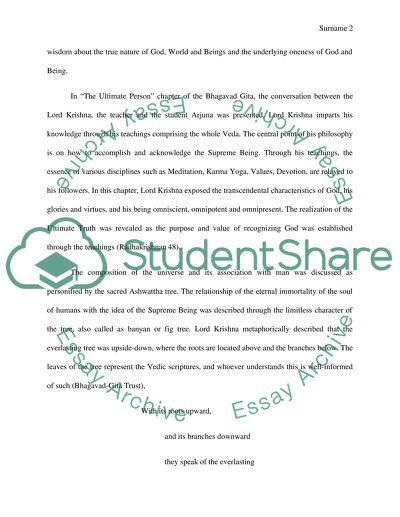Cite this document
(“Hinduism Chapter 15 of Bhagavad Gita with reference to Upanishads Essay”, n.d.)
Retrieved from https://studentshare.org/religion-and-theology/1461408-hinduism-chapter
Retrieved from https://studentshare.org/religion-and-theology/1461408-hinduism-chapter
(Hinduism Chapter 15 of Bhagavad Gita With Reference to Upanishads Essay)
https://studentshare.org/religion-and-theology/1461408-hinduism-chapter.
https://studentshare.org/religion-and-theology/1461408-hinduism-chapter.
“Hinduism Chapter 15 of Bhagavad Gita With Reference to Upanishads Essay”, n.d. https://studentshare.org/religion-and-theology/1461408-hinduism-chapter.


